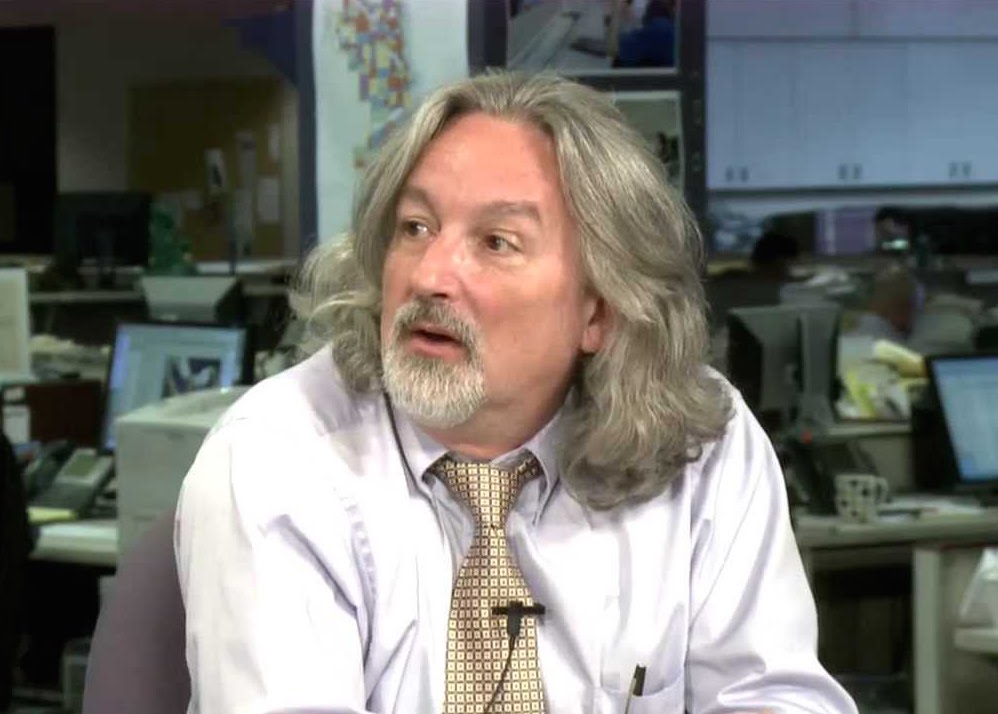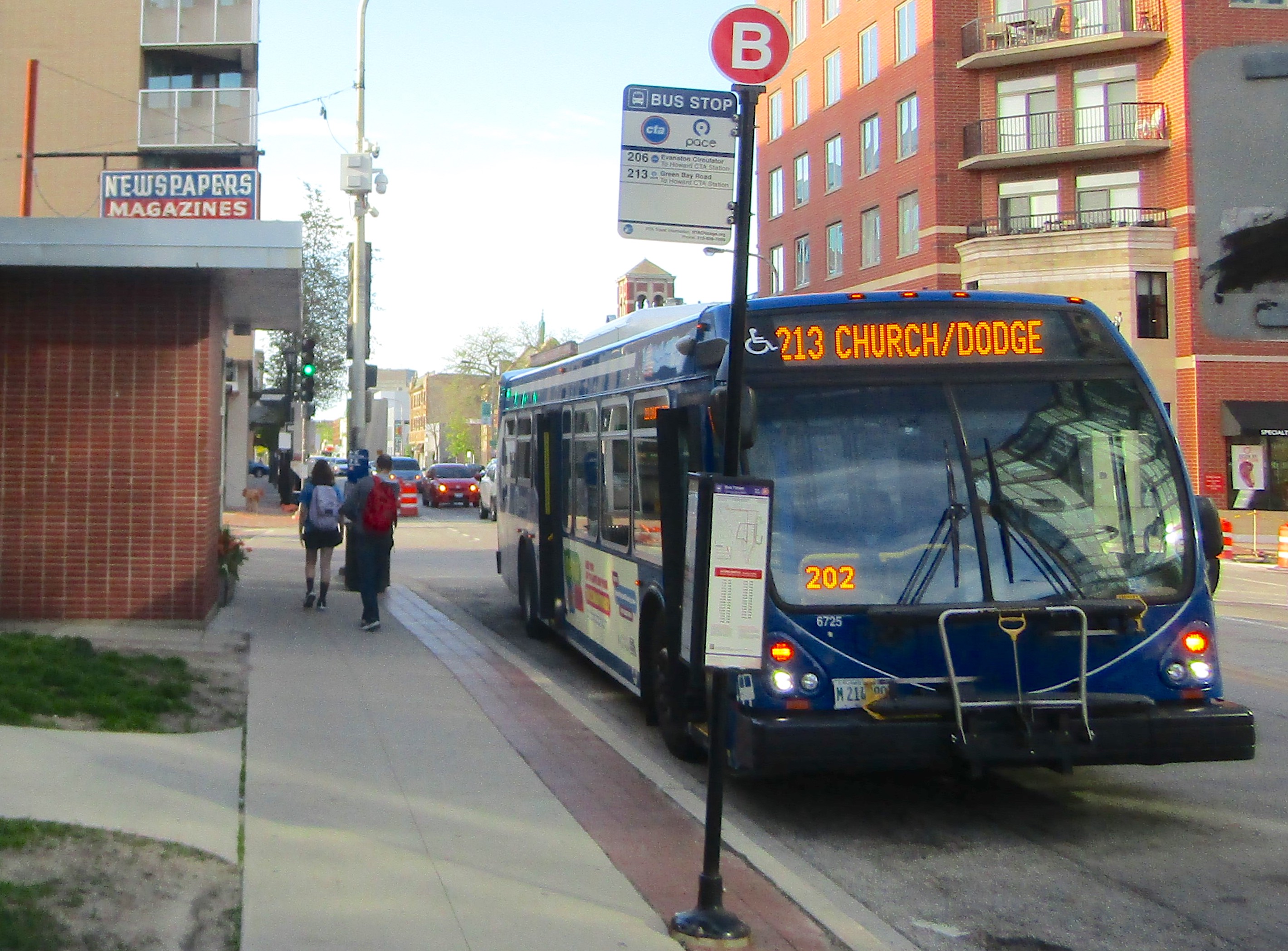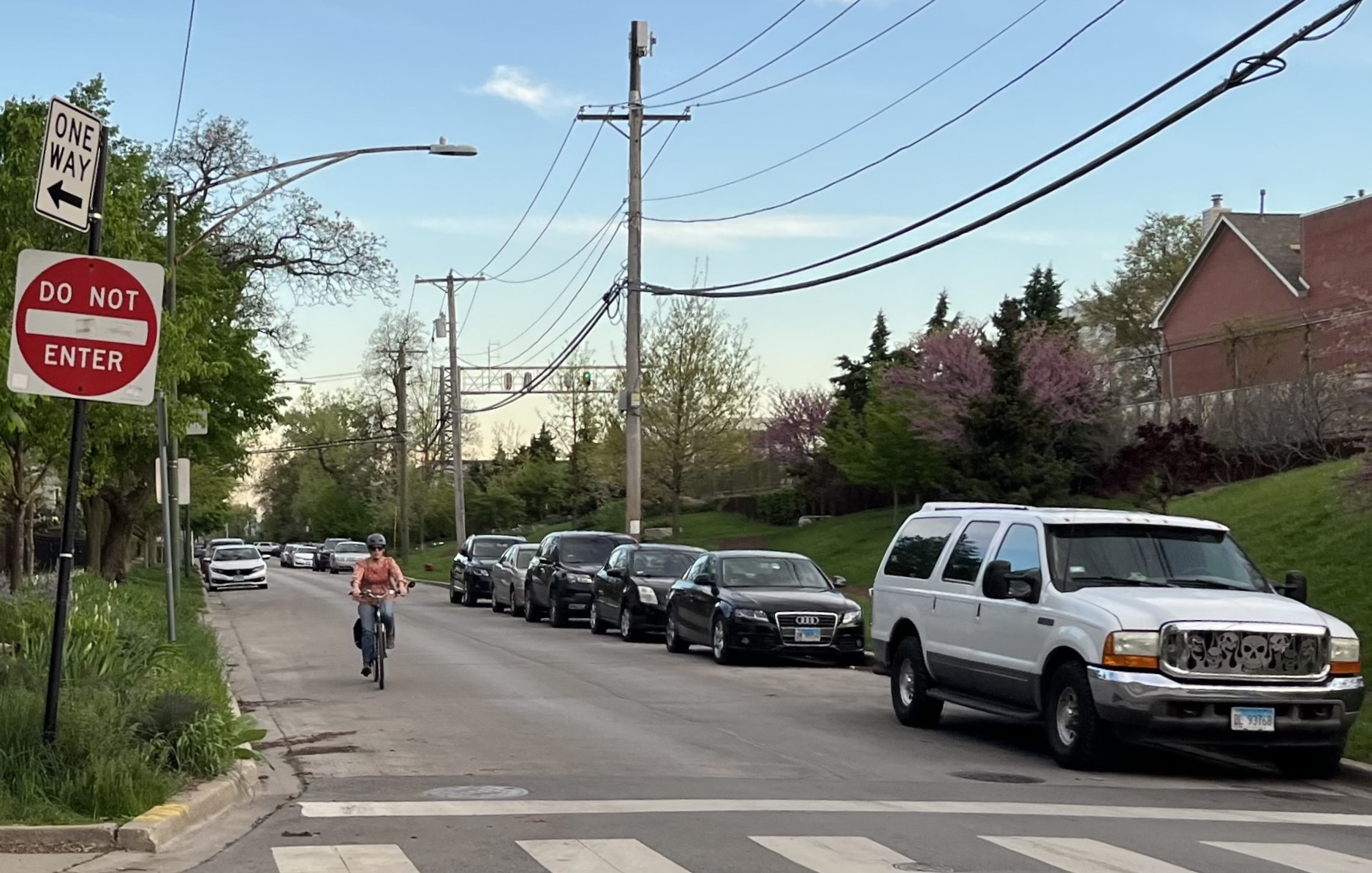Here’s Looking at You, Kidwell: The Tribune’s Anti-Traffic Cam Reporter Has Left the Paper
6:25 PM CDT on April 3, 2017

David Kidwell. Image: YouTube
Investigative reporter David Kidwell recently left the staff of the Chicago Tribune and will be joining The Better Government Association later this month as special projects editor. During his tenure at the Tribune, Kidwell wrote extensively about the city’s automatic traffic enforcement program. Some of his coverage of traffic camera issues was constructive and helped lead to important reforms.
However, while red light and speed cameras have been proven to save lives in cities across the country and around the world, and a Northwestern University study released last month found that Chicago’s red light cameras have significantly reduced injury crashes, much of Kidwell’s writing seemed to betray a personal bias against the cams. By downplaying the safety benefits of automated enforcement while consistently portraying them as an unfair imposition on drivers, Kidwell fanned the flames of opposition to the cams, technology that is doing its job to prevent serious injuries and deaths.
First, let’s acknowledge that Kidwell did a major service for our city by exposing the bribery scheme involving former camera vendor RedFlex and former Chicago Department of Transportation official John Bills that took place during the Richard M. Daley administration. He also deserves credit for exposing unexplained spikes in ticketing at some red light cameras, which put pressure on CDOT to be more vigilant about watching out for such irregularities in the future and immediately addressing these kind of issues as they emerge.
The Tribune also reported on the fact that at one point the city quietly changed its ticketing standard to allow red light citations to be issued after yellow lights that were a microsecond below 3.0 seconds, which was legal under state law, but should have been done with more transparency. This kind of watchdog reporting helped push the city to make some positive changes to its automatic enforcement program. (The Northwestern report has spurred some other tweaks.)
But in several cases, Kidwell misrepresented the facts about red light and speed cameras, in an apparent vendetta against automated enforcement that was counterproductive to the cause of public safety. Most egregiously, in late 2014 Kidwell and fellow Tribune reporter Alex Richards ran a long front-page story that proclaimed “Chicago red light cameras provide few safety benefits,” according to a study commissioned by the paper. They emphasisized that the study “concluded the cameras do not reduce injury-related crashes overall.”
But buried 2,000-words into the article was an acknowledgement the existence of an earlier Federal Highway Administration report that actually debunks the whole premise behind the Tribune’s analysis. Both the Tribune and FHWA studies found that red light cameras tend to prevent “T-bone” crashes with injuries, while rear-end injury crashes increase.
But since the FHWA also acknowledged that right-angle crashes are more severe and impose higher costs on society than rear-end crashes, it found that even with increases in one crash type, the benefits of red light cameras outweigh the costs, stating, “This is why looking… just at changes in total crash numbers is not correct.”
The Tribune failed to note this basic conclusion that upends the paper’s own methodology. In effect, Kidwell and Richards ignored the most important factor – the number of people killed and the severity of injuries sustained at intersections with red light cameras. Read Streetsblog’s full analysis of why the Tribune cover story was “garbage journalism” here.
In another cover story around that time, Kidwell promoted the idea that there was a safety crisis posed by Chicago using “risky” and “too short” 3-second yellow light signal timing at red light camera intersections. This was despite the fact that over 3,000 stoplights across the city have had this timing for at least 30 years.
While the Tribune provided a roundup of how different cities time yellow lights, the real takeaway was that there’s no single rule or national standard for ideal signal timing (In fact, there are even competing definitive guidebooks.) Read more on that issue here.
In late 2015, Kidwell apparently decided he hadn’t given a fair share of abuse to the city’s speed camera program, so he and reporter Abraham Epton went nuclear on the speed cams with a series of four mind-numbingly detailed articles, covering the better part of eight pieces of newsprint. They quoted a dozen or so drivers who complained that the tickets they received for speeding near parks and schools were unfair because they were issued while the parks were closed, children weren’t present in school zones, or warning signs were missing, contrary to state law and city ordinance.
None of the drivers who cried foul in the Trib's story claimed they weren’t speeding. And since Chicago only issues speed cam tickets to motorists going ten mph or more over the limit, we know all of the people who were ticketed in 30 mph zones were driving dangerously fast. Studies show that while people struck at 30 usually survive, those struck at 40 almost always die. Legal technicalities aside, those drivers deserved fines.
The reporters also played up the fact that, while the speed cams, which can only be installed in “Safety Zones” within an eighth-mile of parks and schools, were pitched by Mayor Emanuel as a strategy to protect children, the cameras issuing the most tickets were located on arterials where children are unlikely to be struck. While its true that the mayor’s “think of the children” argument may have been less than candid, the speed cameras have typically been installed in some of the city’s highest-crash corridors, where they’re improving safety for all road users, not just youngsters. Read more on the issue here.
So while we thank Kidwell for his more constructive reporting on Chicago’s red light camera program and wish him well in his new job, we can’t say we're sad to see him leave the Tribune. Hopefully the paper’s future coverage will acknowledge the many studies that show that show that properly administered traffic cam programs save lives, and will be less biased by a reporter's personal distaste for holding dangerous drivers accountable.
In addition to editing Streetsblog Chicago, John writes about transportation and other topics for additional local publications. A Chicagoan since 1989, he enjoys exploring the city on foot, bike, bus, and 'L' train.
Stay in touch
Sign up for our free newsletter
More from Streetsblog Chicago
Since COVID, Pace ridership has fared better on major corridors and in north, northwest suburbs than in south, west ‘burbs
The suburban bus system's top five busiest routes largely maintained their ridership rankings.
Due to incredible support from readers like you, we’ve surpassed our 2023-24 fundraising goal
Once again, the generosity of walk/bike/transit boosters is fueling our reporting and advocacy.
Which Metra corridor would become more bike-friendly and greener under a new plan? Ravenswood!
Thanks to plans to convert little-used parking spaces, the avenue is slated to get a new bike lane, and the Winnslie Parkway path and garden will be extended south.



